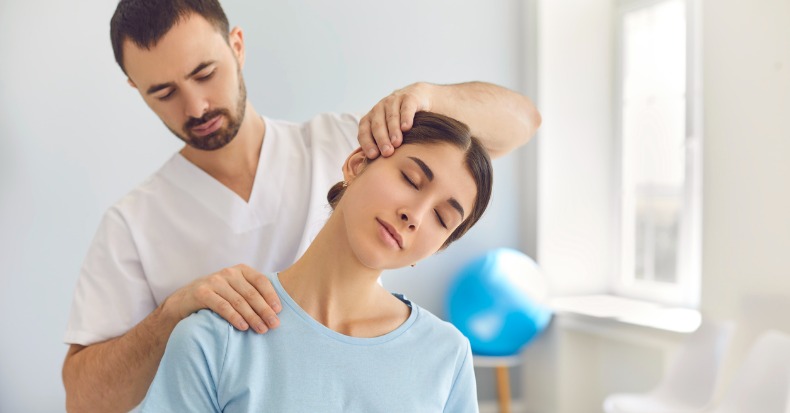Newest Articles
Low back pain (LBP) is extremely common and will affect at least 80% of us at least once during our lifetime, with many experiencing recurring or prolonged chronic episodes. While chiropractors often utilize manual therapies—like spinal manipulation—to manage low back pain, he or she may also recommend spinal stabilization exercises as part of the treatment [..]
Whip Cracking Mystery Explained
The snapping of a whip occurs in part because the tip of the whip reaches the speed of sound and creates a sonic boom.
“Although the loop travels at one speed, some parts of the whip, including the tip in the final stages of motion, travel twice as fast.”
Professor Alain [..]
Running is a form of exercise that many people utilize to stay in shape, lose weight, and reduce stress, among other reasons. While many avid runners do their best to ignore hip pain while on the road, trail, track, or treadmill, there is a point when their pain forces them to seek care. Let’s discuss [..]
Cholesterol is a type of lipid—or fat—that’s used by the body to build healthy cells. When transported through the blood, cholesterol is generally attached to a protein, creating a lipoprotein. There are two main types of lipoprotein, low-density and high-density, which are also referred to as the bad and good forms of cholesterol, respectively.
Low-density [..]
Occipital neuralgia (OccN) is a somewhat rare form of headache that affects about 3 in 100,000 people a year. How is OccN different than other forms of headache and what treatment approach might a doctor of chiropractic take to manage the condition?
This type of headache is characterized by a sharp, shooting pain that radiates [..]
Neck pain is the second most common reason that patients seek out chiropractic care. While the initial paperwork patients complete will ask about pain and disability in other areas of the body, many might overlook issues like mild or infrequent numbness in the hand because they think that it’s unrelated and not something to be [..]
Whiplash associated disorders (WAD) describes a constellation of symptoms that can arise from the sudden jerk or snap of the head/neck that results in the overstretching of joint capsules, ligaments, muscle tendons, disks, and nerves of the neck and upper back. While it’s estimated that about two million Americans experience a whiplash injury each year, [..]
By some estimates, up to 20% of headaches are caused by a disorder of the cervical spine and its components (bone, disk, and soft tissue) usually accompanied by neck pain. It’s very common for patients with a cervicogenic headache to seek and receive manual therapies—like spinal manipulation and mobilization—from chiropractic care. Spinal manipulation is characterized [..]
Even though poor posture can impair physical function and affect one’s health, it’s very common to see people with a slouched, forward head posture. Aside from advice to sit up straight, limit phone use, or hold devices at eye level, are there any exercises that can help reverse forward head posture? The answer: “YES!” Let’s [..]
We all know we need to regularly exercise as part of a healthy lifestyle, but many don’t because they feel that they don’t have enough time in the day to work out. In recent years, a form of exercise called high-intensity interval training (HIIT) has gained attention in both gyms and the scientific literature as [..]
Following a car accident, slip and fall, or sports collision, many whiplash associated disorder (WAD) patients are advised by friends, family, co-workers, or an attorney to see a doctor of chiropractic. For many WAD patients, this may be their first experience with chiropractic. What can they expect?
During the initial visit, the patient will first [..]
When an individual’s hands and fingers start tingling, they will most often suspect carpal tunnel syndrome (CTS). However, pressure on the median nerve anywhere along its course from the neck to the hand can produce similar symptoms in the hand and fingers. So what is the best way to diagnose CTS and differentiate it from [..]














